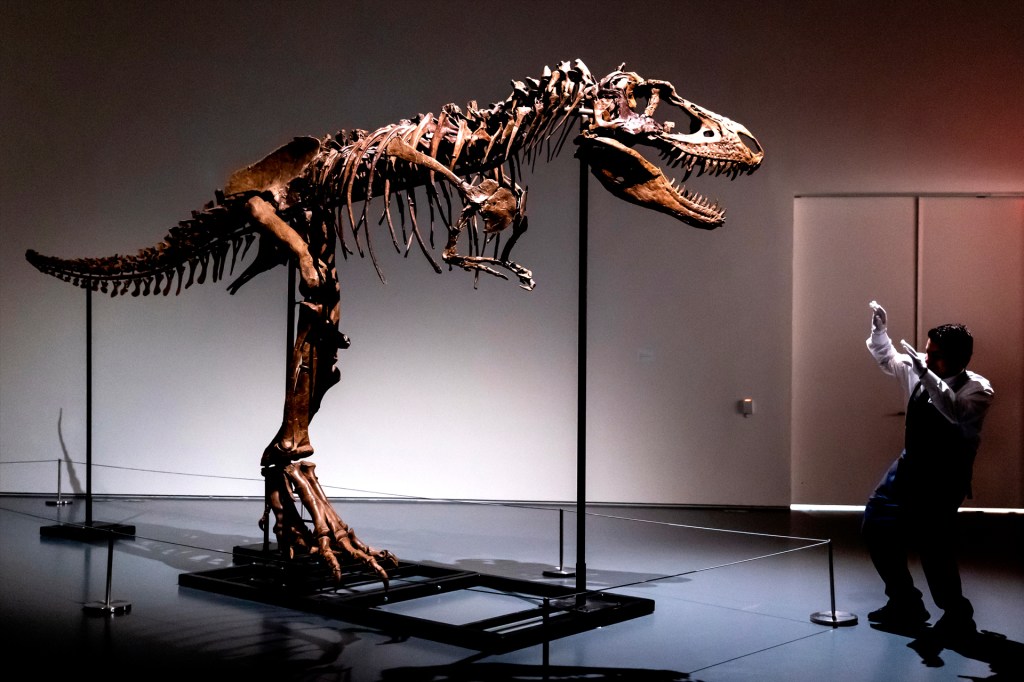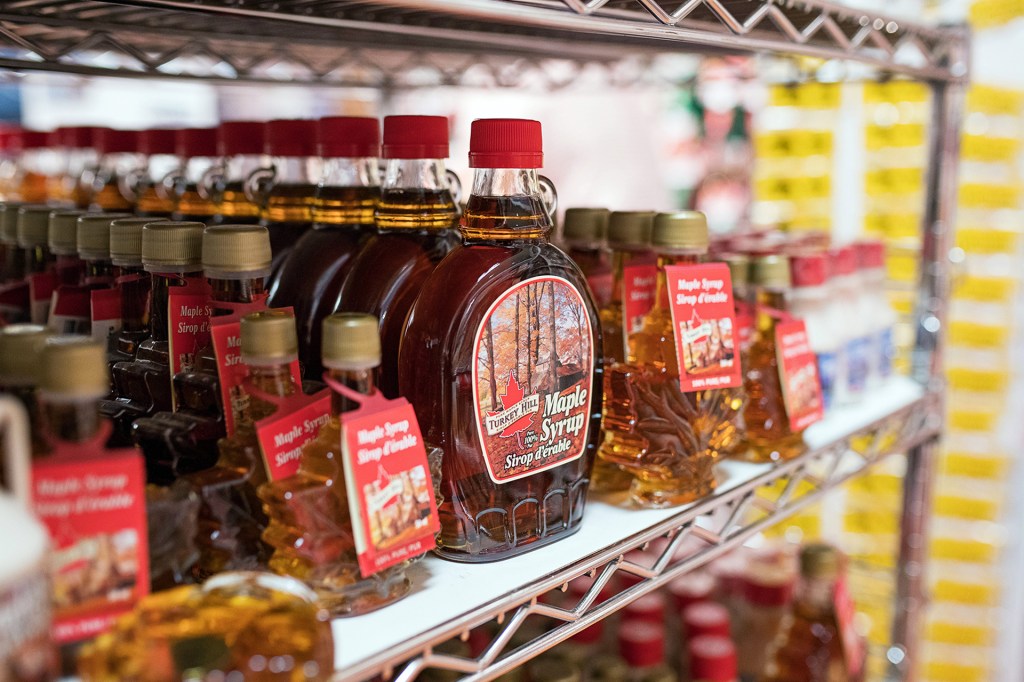Snow Business
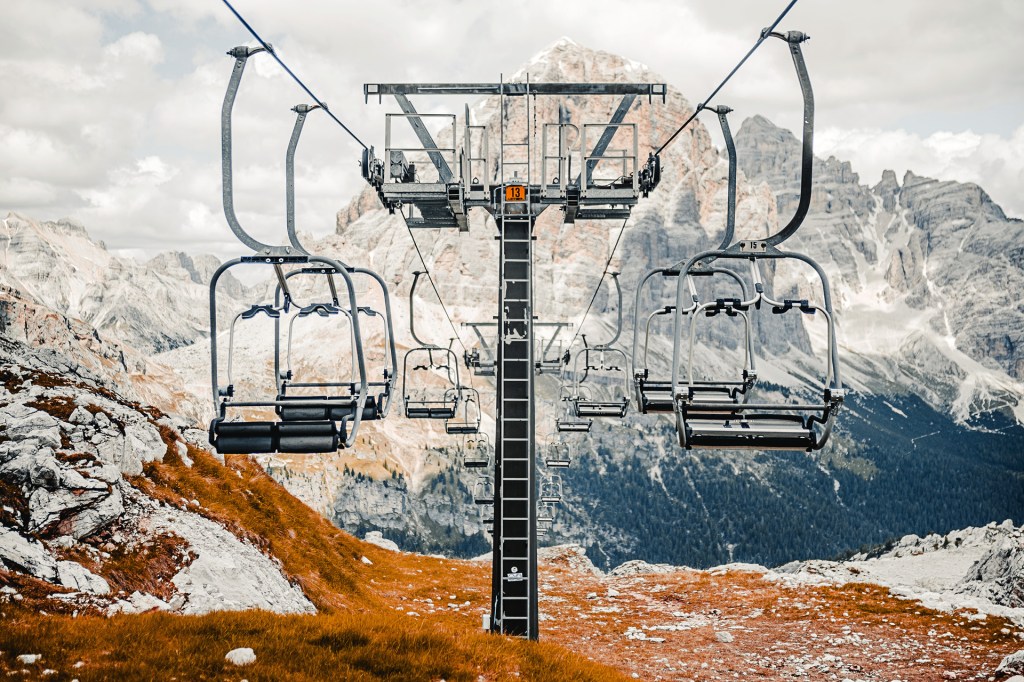
Europe’s ski resorts haven’t been getting enough snow. Amedeo Reale isn’t worried. He’s the president of Sci Club 18, in Cortina d’Ampezzo, a town in Italy’s Dolomite mountains. In 2026, the area will host the women’s Winter Olympics downhill skiing events.
“The only thing we are scared of is having one or two months of hot weather,” Reale says. That isn’t likely, though. At more than 5,000 feet above sea level, the slopes stay cold enough for artificial snow.
But other parts of Europe are not so lucky. They’ve been getting a taste of a much warmer future. Climate trends seem to show that muddy ski slopes will become a regular thing. There could also be periods with lots of snow mixed in with periods of rain and even heat.
That would be bad for business. Mountain villages depend on regular snow and reliable reliable dependable (adjective) I bought a reliable shovel after I broke my last three. conditions. Snow draws skiers who spend hundreds of dollars a day on lift fees, hotels, restaurants, and equipment rentals. No snow means no tourists—and no income.
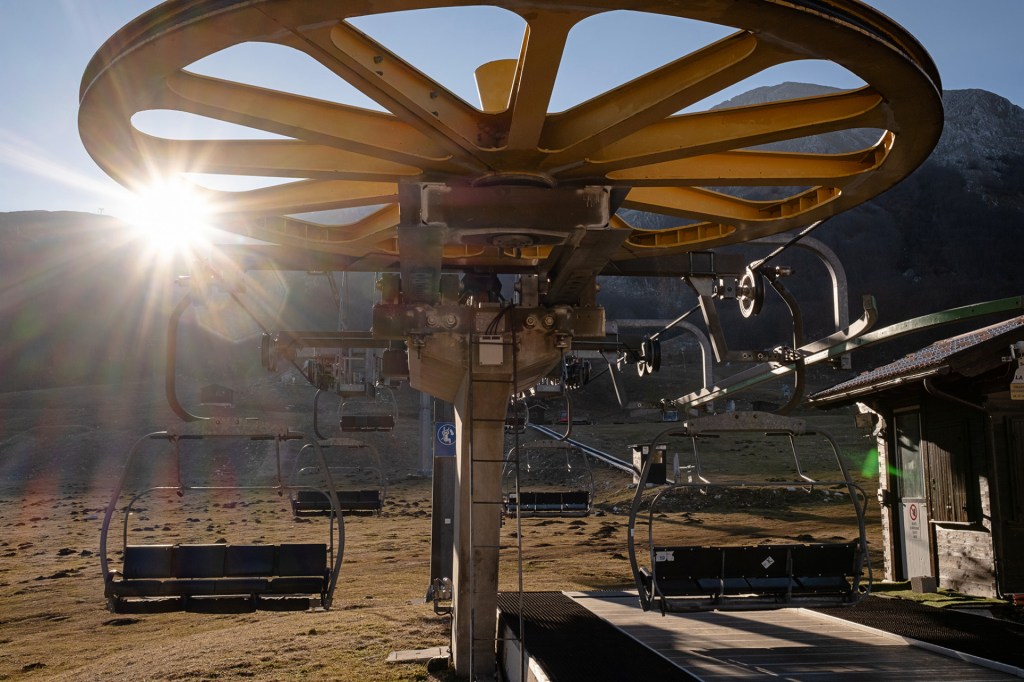
SHUT DOWN A ski lift at a resort in southern Italy is closed in January due to a lack of snow.
MANUEL DORATI FOR TIMEItaly’s northern resorts might be spared, at least for now. “Global warming is a serious thing,” Reale says. But in Cortina d’Ampezzo, “I don’t think there is any problem. Especially with artificial snow.”
No Snow, No Show
The only plan for saving Italy’s ski industry is to use artificial snow as much as possible, Rolando Galli says. He runs a ski lift in the resort of Abetone, in Italy. It has done more than $2 million less business this season because of the lack of snow. Even if there’s snow for the rest of the season, Galli says, there’s no way to make up for this year’s lost income. He ran the lifts without snow, just for the views, but not many tourists showed up.
Artificial snow could make a big difference. Still, it would be a short-term fix. Snow cannons only work at freezing temperatures or below. When it hit 68°F in January, the resort of Gstaad, in Switzerland, tried to fly in snow by helicopter.
In years to come, some resorts might not be able to rely on artificial snow. Places like Campitello Matese, in south-central Italy, might have to switch to summertime activities, like quad bikes and horse riding.
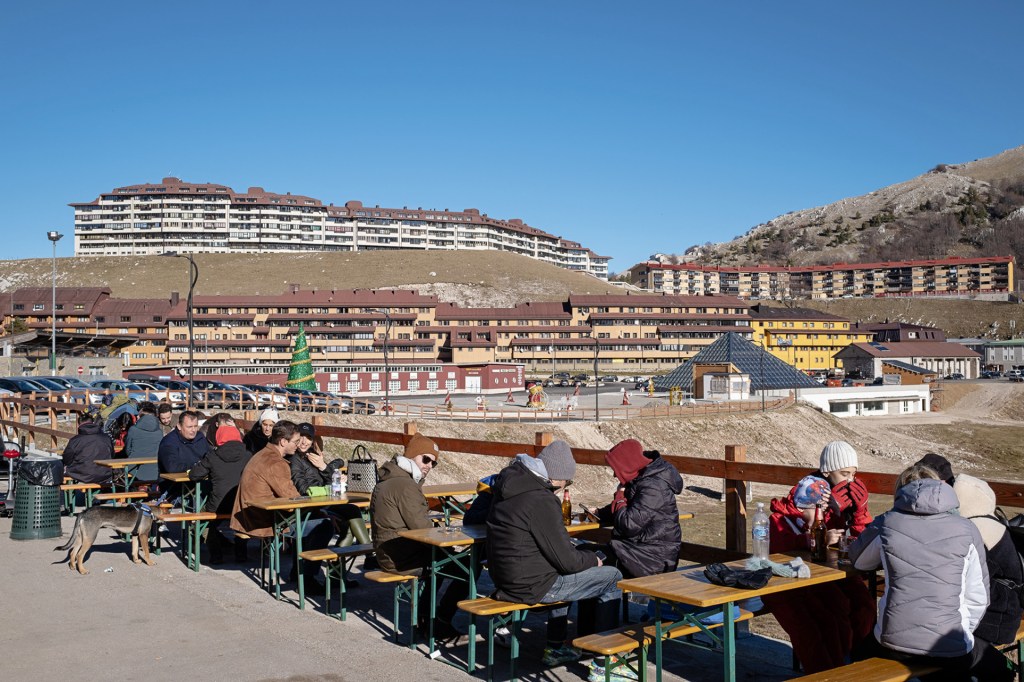
BARE EARTH Visitors eat lunch outside the Campitello Matese ski resort, in Italy, in January. No skiing was available.
MANUEL DORATI FOR TIMEThinking Ahead
Changing weather is making it hard to find the right conditions for winter-sports competition. This year, organizers of the World Cup ski races had to cancel events in Germany for lack of snow. The International Olympic Committee has even delayed naming a host for the 2030 Winter Games.
Promoting summertime sports is probably a good business strategy, Marco Bussone says. He’s the president of a group that represents Italy’s mountain communities.
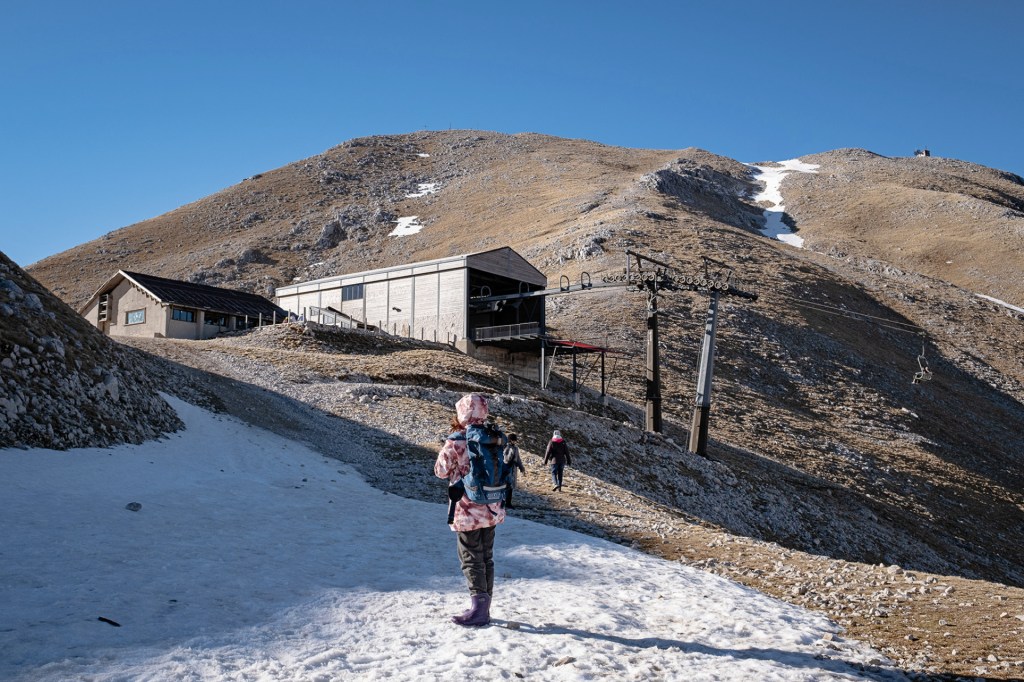
DRY PEAKS A lack of snowfall means the Campitello Matese resort can’t attract skiers.
MANUEL DORATI FOR TIMEGalli says the government and mountain towns should invest in reservoirs reservoir a place where liquid is kept; a human-made lake (noun) The reservoir flooded after a heavy rainfall. . In the summer, these could be tourist destinations—for fishing, boating, and sightseeing. They might also provide water to fight bushfires. “Climate change is something that we have to face,” he says. “We can’t just put our heads in the ground and ignore it.”
Melting Away
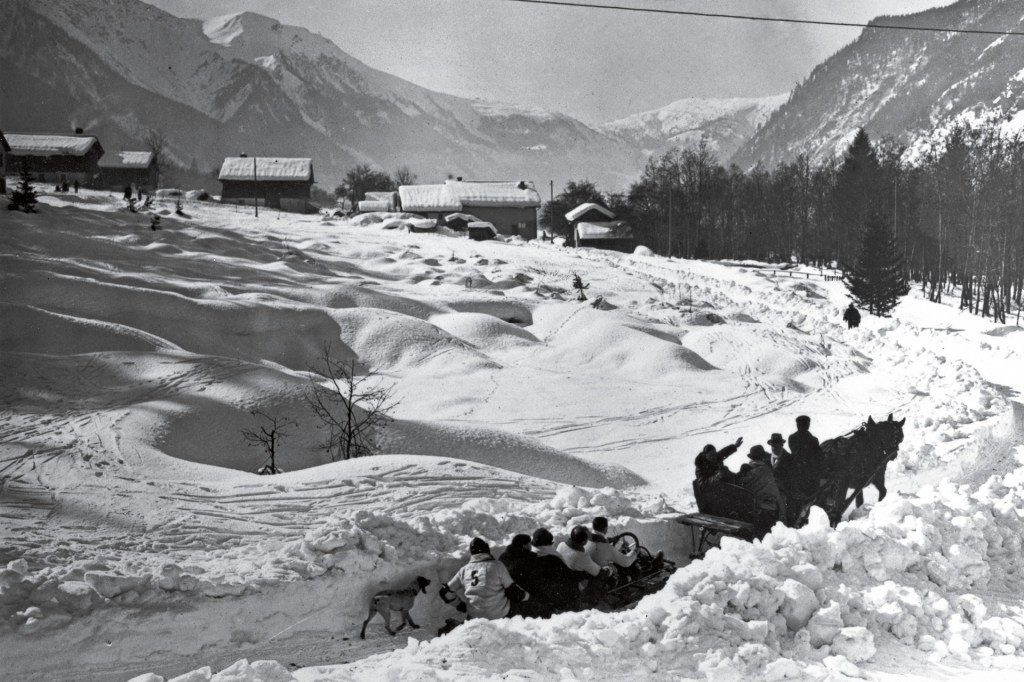
Since 1924, 21 cities have hosted the Winter Olympics. The first was Chamonix, France (pictured). If global temperatures keep rising at the current rate, only four of those places will have conditions appropriate for competition by 2050.
That’s the prediction of a recent scientific report. Cortina d’Ampezzo, in Italy, would be rated “unacceptable,” the report says. Only Sapporo, Japan, is considered a reliable bet for the 2078 or 2082 games.







